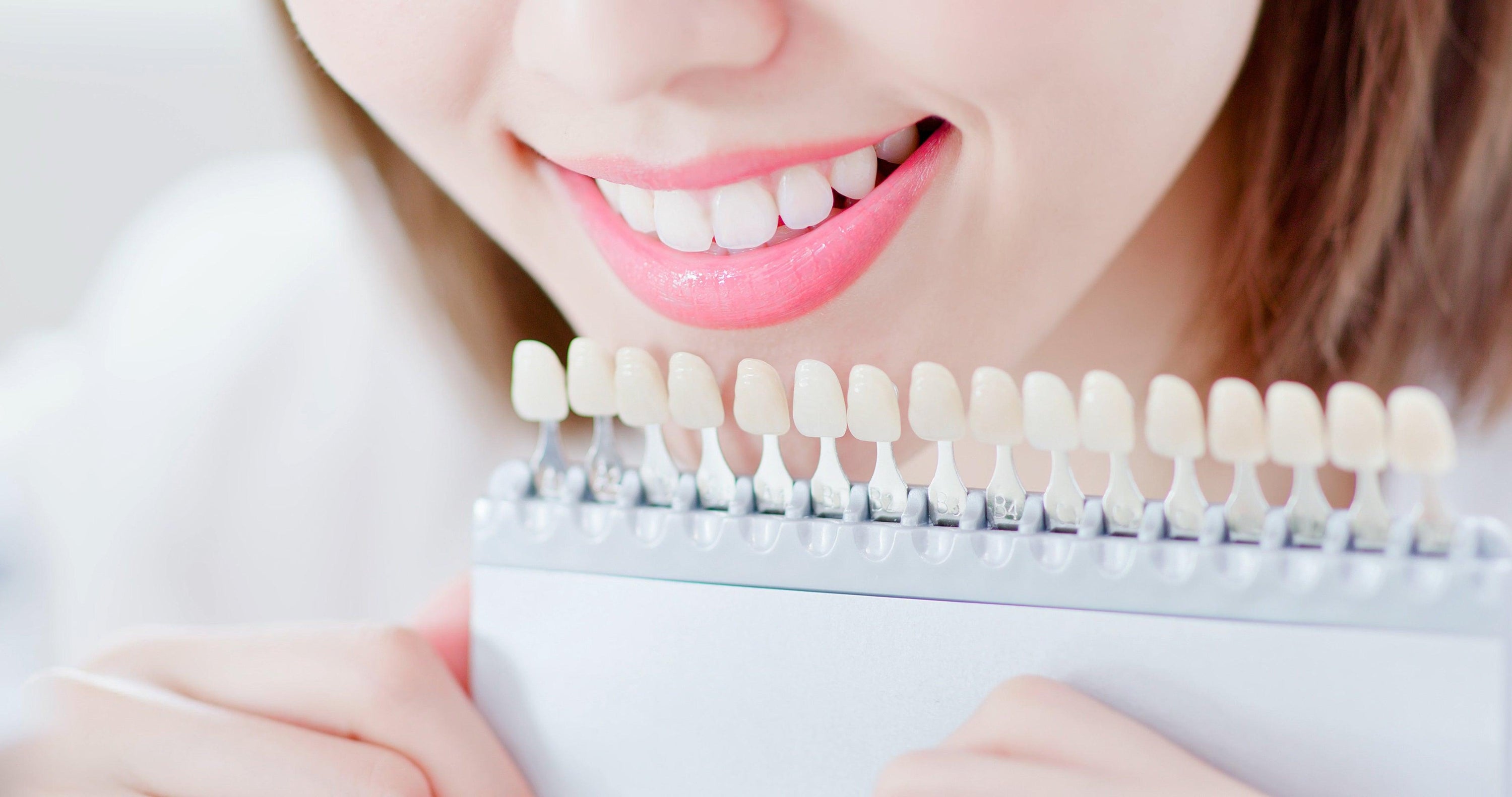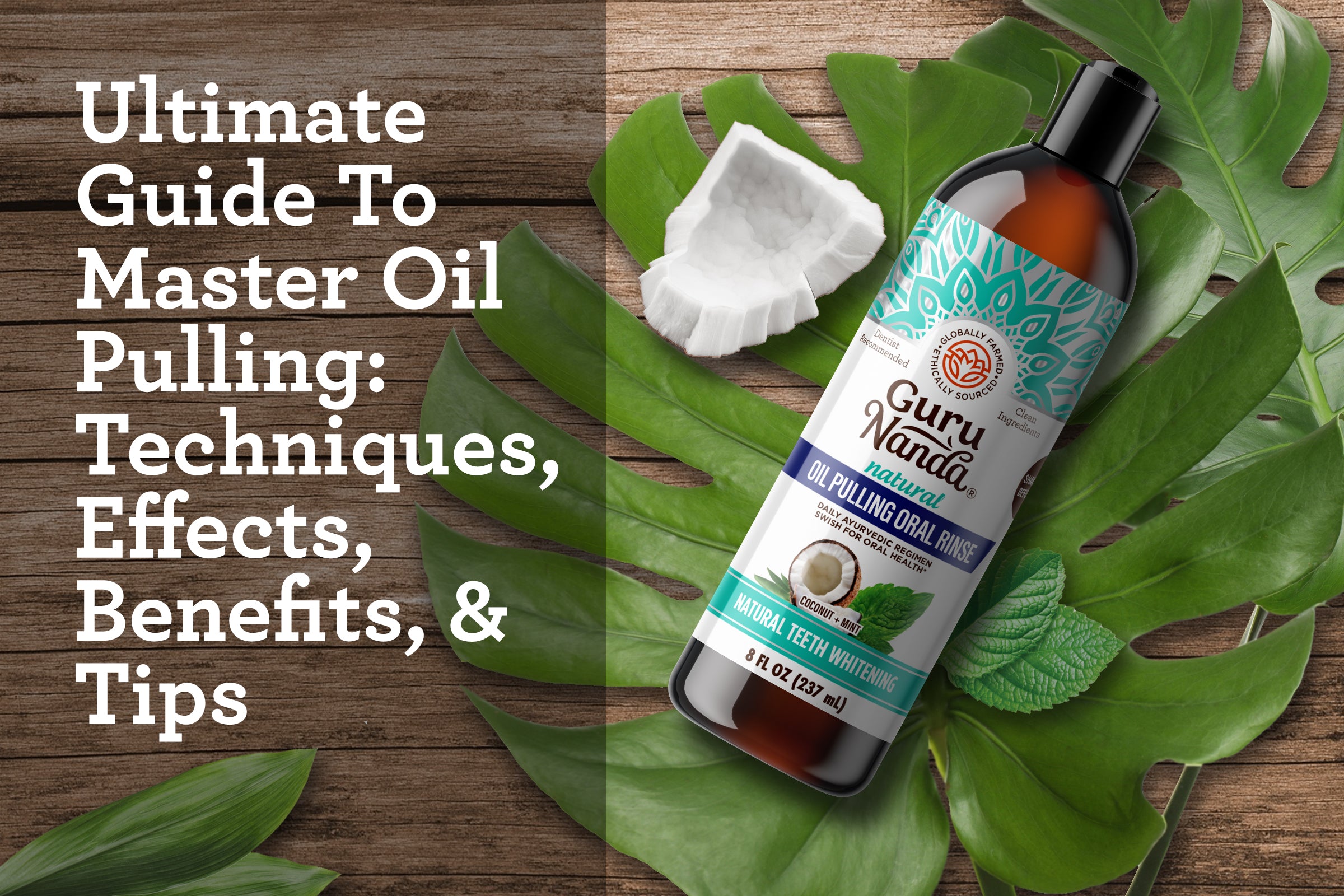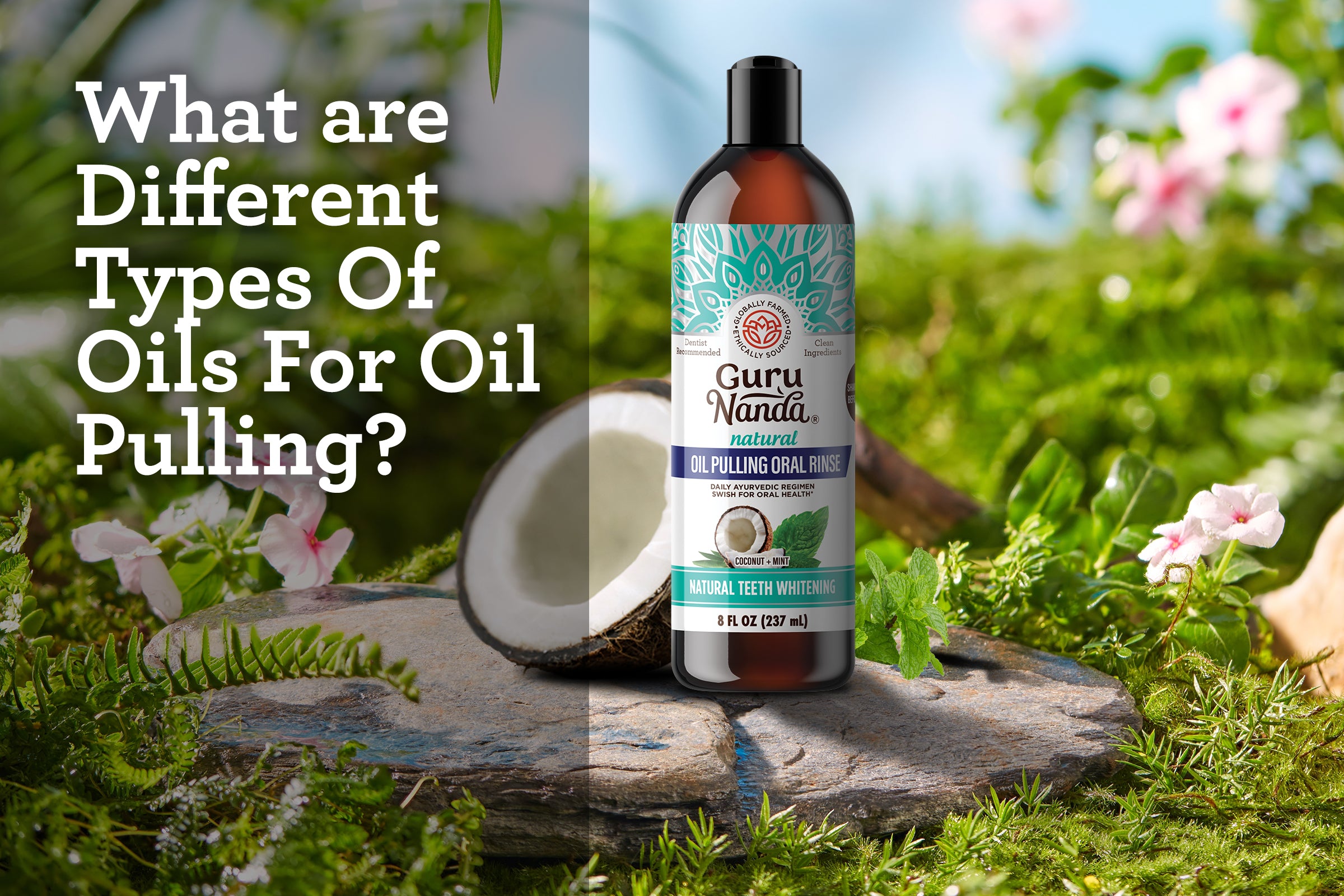Después de usar las tiras blanqueadoras , es natural querer mantener una apariencia fresca y radiante. Siguiendo unos sencillos pasos, puede conservar una sonrisa radiante y cuidar su salud bucal a largo plazo, a la vez que protege sus dientes de la sensibilidad. Con una rutina post-blanqueamiento adecuada, puede mantener una sonrisa tan vibrante como su personalidad y dejar que su confianza brille cada vez que la comparta con el mundo.
Conclusiones clave
-
Evite el cepillado inmediato : Después de usar las tiras blanqueadoras, espere antes de cepillarse los dientes. Cepillarse demasiado pronto puede irritar el esmalte, que podría volverse temporalmente más sensible.
-
Evite hábitos que manchen sus dientes : Durante al menos 48 horas después del blanqueamiento, evite alimentos, bebidas y hábitos que puedan manchar sus dientes. Esto incluye evitar el café, el té, el alcohol y el tabaco, ya que pueden opacar su sonrisa y contrarrestar los esfuerzos del blanqueamiento.
- Mantén una rutina integral de cuidado bucal : Mantén una sonrisa radiante con un régimen de cuidado bucal constante. Cepillarte los dientes regularmente con pasta dental blanqueadora, usar hilo dental e incorporar prácticas como el oil pulling te ayudarán a mantener tus resultados.
Inmediatamente después de usar las tiras blanqueadoras
Una vez que las tiras blanqueadoras hayan hecho su efecto, es importante retirarlas con cuidado. Despréndelas con cuidado y enjuágate la boca con agua o un enjuague bucal sin alcohol para eliminar cualquier residuo.
Cuándo cepillarse los dientes
Puede que sienta la tentación de cepillarse los dientes inmediatamente, pero la mayoría de los dentistas recomiendan esperar al menos 30 minutos . Las tiras blanqueadoras pueden hacer que el esmalte sea temporalmente más poroso , por lo que cepillarse demasiado pronto puede provocar sensibilidad, irritación e incluso erosión del esmalte . Al cepillarse, opte por un cepillo de cerdas suaves para una limpieza delicada. Asegúrese de enjuagar bien todo el gel blanqueador. Dejar actuar demasiado tiempo puede:
- Daña tu esmalte
- Aumentar la sensibilidad
- Provoca un blanqueamiento desigual (algo que nadie desea)

Qué evitar después del blanqueamiento
Para mantener una sonrisa radiante después del tratamiento de blanqueamiento, es fundamental tener cuidado con ciertos alimentos, bebidas y hábitos. Sus dientes pueden estar más porosos y ser más susceptibles a las manchas durante las primeras 48 horas , por lo que es importante tomar precauciones adicionales durante este periodo . A continuación, le explicamos qué debe evitar para garantizar resultados duraderos:
-
Bebidas oscuras : Bebidas como el café, el té, el vino tinto y los refrescos son conocidas por su capacidad para manchar. Estas bebidas contienen cromógenos , sustancias productoras de pigmento que se adhieren fácilmente a la superficie de los dientes, provocando decoloración. Si bien es mejor evitar estas bebidas en los días posteriores al tratamiento de blanqueamiento, hay medidas que puede tomar si no puede resistirse a su taza diaria de café o té.
Para minimizar las manchas, asegúrese de enjuagarse la boca con agua después de consumir estas bebidas. Este simple paso puede ayudar a eliminar los pigmentos persistentes antes de que se depositen en los dientes. Beber agua junto con bebidas oscuras también puede diluir los cromógenos y reducir el riesgo de manchas.
-
Alimentos de color oscuro : Ciertos alimentos, como las bayas, la remolacha y salsas como la de soja, la de tomate y el curry, están repletos de pigmentos que pueden opacar la sonrisa recién blanqueada. Durante la fase inicial posterior al tratamiento, opte por alimentos más claros y menos pigmentados, como plátanos, yogur natural y verduras al vapor.
Para las salsas, aunque las alternativas pueden ser limitadas, puedes probar la salsa Alfredo, aderezos a base de aceite de oliva o una salsa ligera de queso. Si te gusta el curry, considera las versiones sin cúrcuma o a base de leche de coco, que son menos propensas a manchar. Para proteger aún más tu sonrisa, enjuágate la boca o bebe agua después de las comidas.
-
Tabaco : Fumar o masticar tabaco puede manchar rápidamente los dientes y arruinar todo el esfuerzo que has hecho para blanquearlos. El tabaco no solo causa decoloración, sino que también conlleva problemas de salud bucal más graves. Evitar por completo los productos de tabaco es la mejor manera de mantener el brillo de tu sonrisa y tu salud bucal en general.
- Alimentos y bebidas ácidas : Aunque se mencionan con menos frecuencia, los alimentos y bebidas ácidas como los cítricos, el vinagre y las bebidas energéticas pueden debilitar el esmalte y hacer que los dientes sean más vulnerables a las manchas. Considere evitarlos, especialmente durante los primeros días después del blanqueamiento, para proteger el esmalte y mantener sus dientes en óptimas condiciones.
Durante las primeras 48 horas después del blanqueamiento, evitar estos productos ayuda a mantener una sonrisa radiante y a reducir la posibilidad de manchas inmediatas . Si mantiene estos hábitos, podrá conservar una sonrisa radiante y reducir la necesidad de tratamientos de blanqueamiento frecuentes con el tiempo.

Consejos para mantener los dientes blancos a largo plazo
Mantener una sonrisa radiante va más allá de simplemente evitar las manchas. Aquí tienes algunos consejos prácticos para mantener tus dientes blancos y sanos:
-
Mantén una rutina de higiene bucal constante : Cepíllate los dientes dos veces al día con una pasta dental blanqueadora y usa hilo dental a diario para eliminar la placa y las partículas de comida que el cepillo podría pasar por alto. Usa un cepillo de cerdas suaves y delicadas para prevenir la irritación y la sensibilidad, a la vez que eliminas las manchas no deseadas.
-
Considera el enjuague bucal con aceite : El enjuague bucal con aceite es un método natural que consiste en hacer buches con aceite de coco antes de cepillarte los dientes. El aceite de coco contiene ácido láurico, que posee propiedades antibacterianas naturales . Hacer buches con una cucharada (10-15 ml) de aceite de coco durante 10-15 minutos ayuda a eliminar las bacterias y la placa , lo que podría ayudar a blanquear tu sonrisa . Este remedio puede ser un excelente complemento para tu cuidado postblanqueamiento y tu salud bucal en general.
-
Mantente hidratado : Beber abundante agua a lo largo del día no solo te refresca, sino que también ayuda a eliminar las partículas de comida que se pegan a los dientes, reduciendo así la probabilidad de acumulación de bacterias. El agua también ayuda a diluir los ácidos en la boca, haciéndolos menos agresivos para el esmalte .
- Visite a su dentista regularmente : las limpiezas y los controles profesionales pueden ayudar a mantener sus dientes sanos y libres de manchas que podrían ser difíciles de eliminar en casa.
Siguiendo estos consejos, no solo mantendrás tus dientes blancos, sino también tu salud bucal en general. La constancia es clave, y con los hábitos adecuados, podrás disfrutar de una sonrisa radiante y segura todos los días.
Cuándo retocar y volver a blanquear los dientes
¿Te preguntas cuándo es el momento de un retoque? El momento ideal para los retoques depende del tipo de tratamiento blanqueador que uses y de tus hábitos personales. Aquí tienes un desglose más detallado:
- Tratamientos profesionales en el consultorio : Estos tratamientos son más fuertes y ofrecen resultados más duraderos. La mayoría de los dentistas recomiendan repetir el blanqueamiento una o dos veces al año para mantener el brillo de la sonrisa. Sin embargo, blanquearse con demasiada frecuencia puede debilitar el esmalte con el tiempo.
- Tiras blanqueadoras : Para obtener los mejores resultados, siga las instrucciones del fabricante, que suelen recomendar el uso constante de las tiras durante una o dos semanas. El uso excesivo de las tiras blanqueadoras puede dañar el esmalte y aumentar la sensibilidad , por lo que algunos expertos sugieren retocar los dientes cada tres a seis meses .
Para obtener los mejores resultados, siempre es recomendable consultar con su dentista o profesional de la salud. Ellos le ofrecerán asesoramiento personalizado para prevenir el uso excesivo y proteger su esmalte dental, a la vez que logra la sonrisa radiante que desea.

Haz que tu sonrisa perdure con Guru Nanda
Usar tiras blanqueadoras es solo un paso para mantener una sonrisa radiante. Siguiendo estos consejos y adoptando una rutina completa de cuidado bucal como el Régimen de 7 Pasos de Guru Nanda , estarás en el camino correcto para obtener resultados duraderos.
Recuerda que mantener una sonrisa brillante y hermosa se basa en un cuidado constante. Compra ahora los productos Guru Nanda para mejorar tu rutina de cuidado bucal y darle a tu sonrisa la atención que merece.






